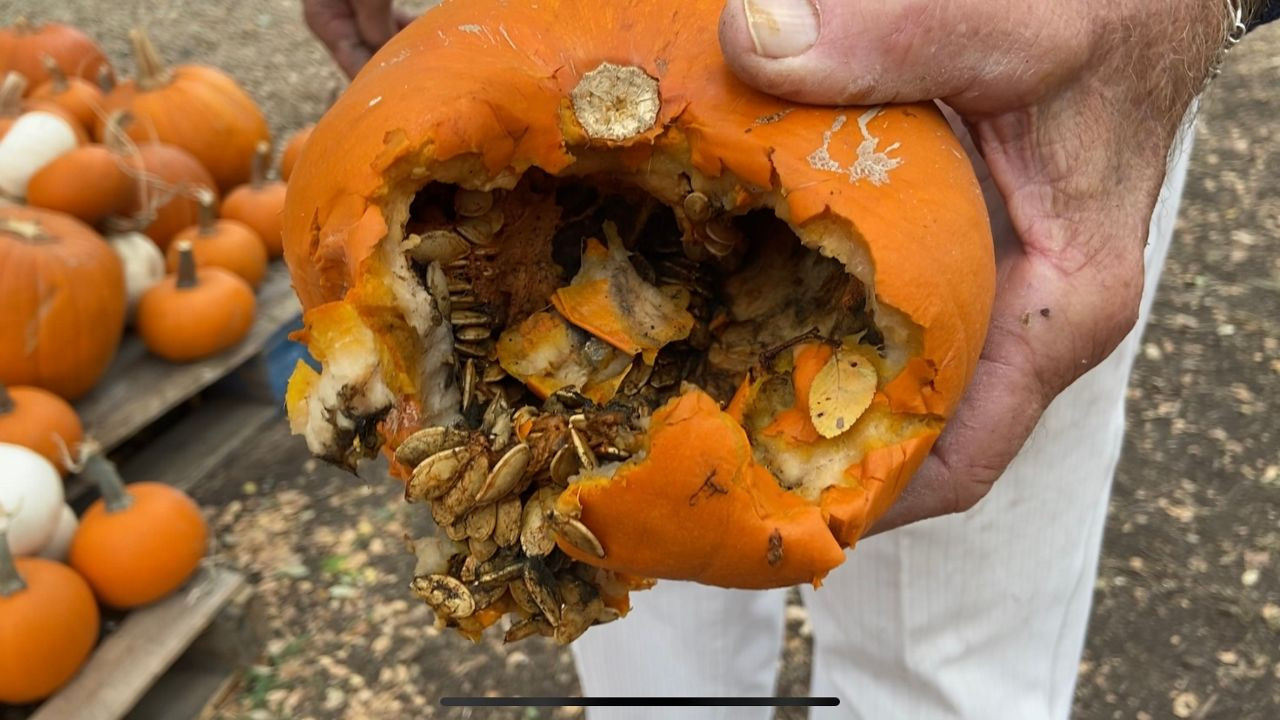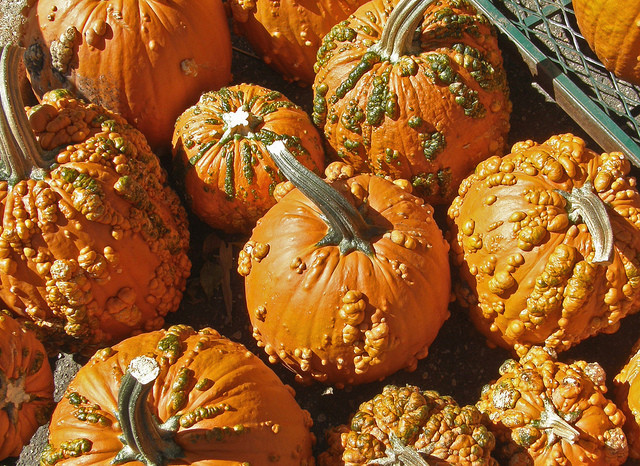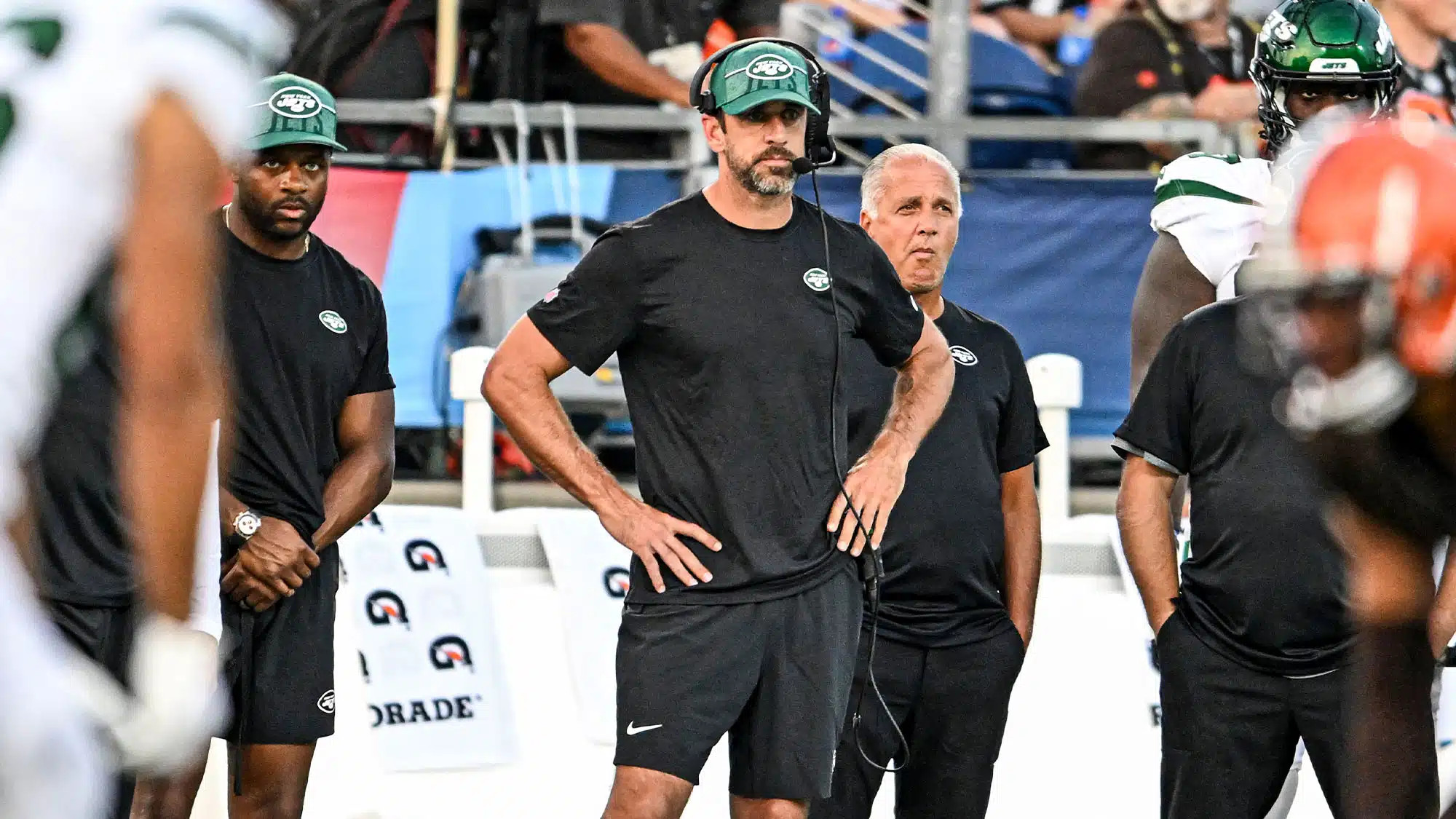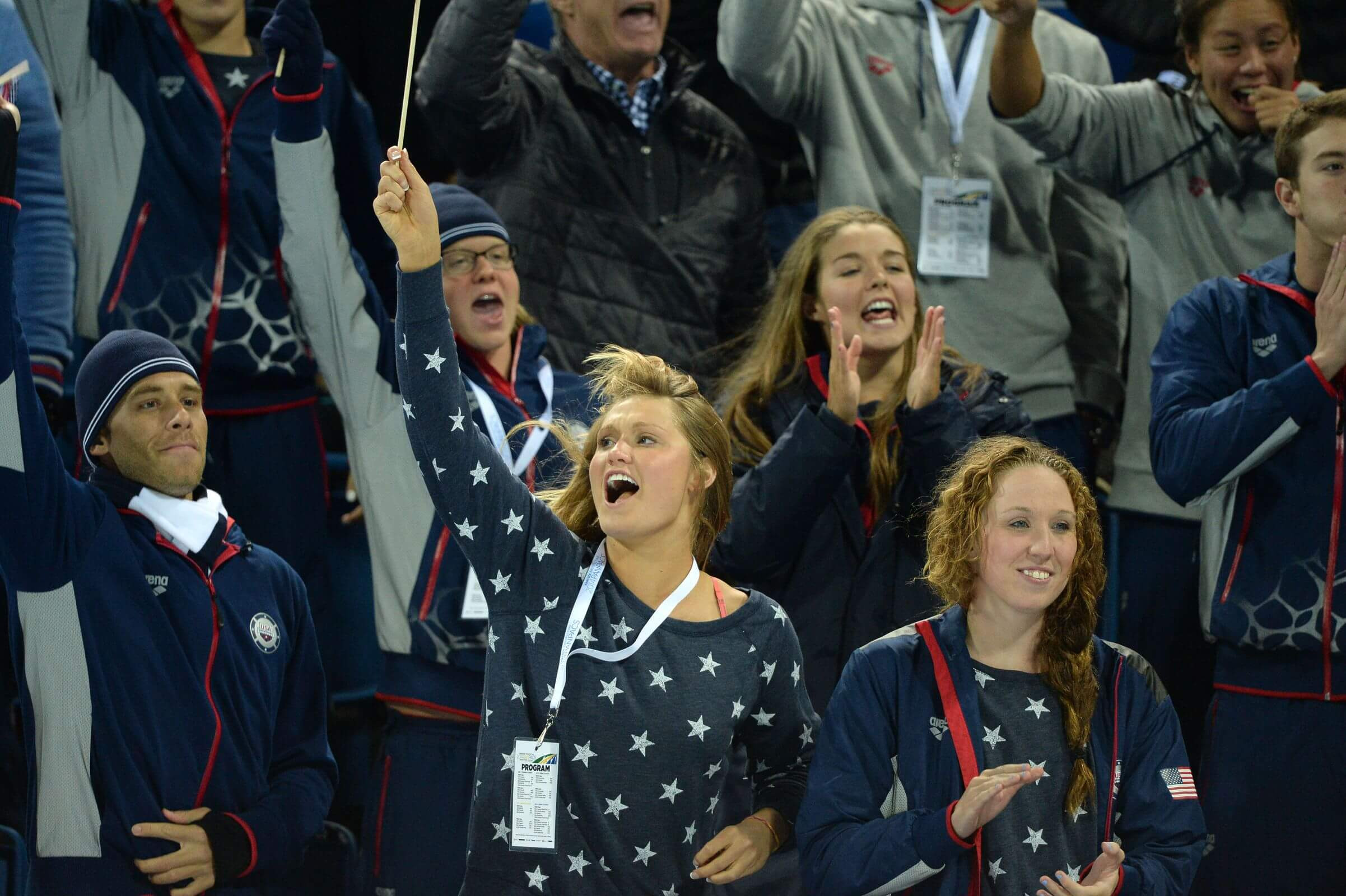They're lumpy, bumpy and ugly but instead of being relegated to the rubbish bin, these pumpkins take pride of place in Halloween displays. This unexpected trend of "ugly" pumpkins gaining popularity is not only transforming Halloween decorations but also boosting family farms across the globe.
The variety of colours and shapes of ornamental pumpkins has exploded in the past decade, with consumers embracing unique and unusual pumpkins for their Halloween displays. This trend can be traced back to the rise of agritourism and the increasing demand for local and seasonal produce.
The Rise of Ugly Pumpkins
The popularity of ornamental pumpkins can be attributed to a number of factors. Consumers are increasingly interested in unique and unusual items to decorate their homes, and Pumpkins with warts, unique colours, and good "handles" are prized by consumers. This demand has driven seed companies to develop new-look varieties, creating a range of colours and aesthetics on the market.
Saving Family Farms
For growers like Randy Graham, the rising demand for the warty gourds has helped secure a future for his multi-generational farm, which is under pressure from urban expansion near Champaign, Illinois. The Curtis family had been farming on the outskirts of Champaign, Illinois, since 1873, running a traditional corn, soybean and pork operation. But by the late 1950s, when Paul Curtis was farming alongside his father Eugene, the farm couldn't support two families.
As the farm shrunk, Paul and his wife Joyce took up teaching jobs, until a born-again spiritual experience led Paul to re-evaluate everything.
"I guess you could say he had his Newton moment when he was eating an apple because he's trying to decide, 'What should I do?,'' Mr Graham said.
"He loved apples, so he thought, 'Maybe I'll grow some apples.'"
Since Mr Graham married Paul's daughter Debbie in 1981, the farm has become a thriving agritourism business supporting multiple families. It has in part been due to the addition of a pick-your-own pumpkin patch.
"We were looking for something else to attract people to the farm because we needed people to come not just for apples," he said.
"We decided to try a few pumpkins because it's an October thing and it fit our season.
"Those pumpkins sold out by October 10, which shocked me."
From Canning to Decoration
The demand for ornamental pumpkins is not limited to the United States. Australian consumers are embracing the craze too, despite their carved creations being at risk of rotting before October 31.
In Australia, pumpkins are almost exclusively grown to eat fresh. Farmers have struggled with prices below the cost of production. But in Queensland, which according to Horticulture Australia produces almost half the national crop, the Halloween bug is also biting.
At Lamberts Fresh produce, a fruit and vegetable shop in Townsville, tropical temperatures haven't stopped consumers from getting in on the tradition. Leigh Spence said the first year they sold carving pumpkins, they cleared about 100 kilograms across the spooky season, sourced from a farm in Clare, north-west of Bowen.
"It used to be an American holiday that no one really participated in here," he said.
"I think this season we've got about 900 kilos roughly."
More Than Just a Decoration
The growing popularity of ornamental pumpkins is a testament to the changing tastes of consumers. It shows that people are looking for something more than just the traditional orange carving pumpkin. They are seeking out unique and unusual items to add a touch of personality to their Halloween decorations. This trend is not only good for consumers but also for family farms, who are finding a new market for their produce. The "ugly" pumpkin has become a symbol of individuality, creativity and sustainability, proving that beauty is truly in the eye of the beholder.
The Future of the Ugly Pumpkin
With the rise of social media and the increasing popularity of agritourism, the trend of ugly pumpkins is likely to continue in the future. As consumers become more aware of the environmental impact of their choices, they are likely to seek out local and sustainable products.
The "ugly" pumpkin represents a shift in consumer attitudes towards food and agriculture. It shows that people are willing to embrace imperfection and celebrate the diversity of nature. The future of the ugly pumpkin is bright, and it is likely to continue to play a significant role in both the Halloween season and the agricultural industry.


















